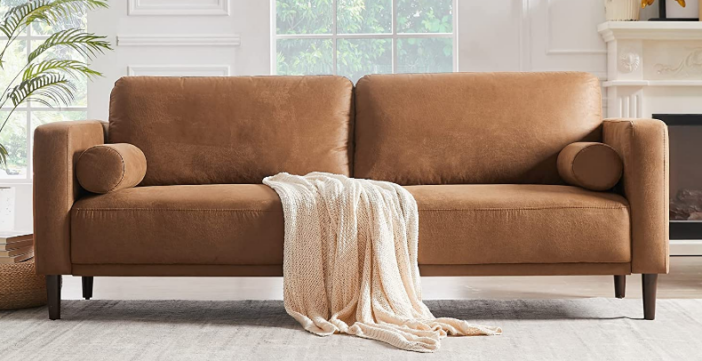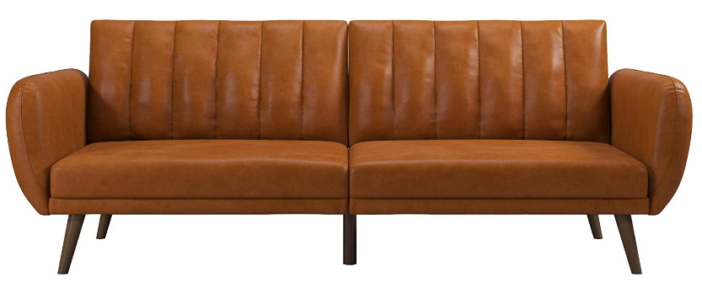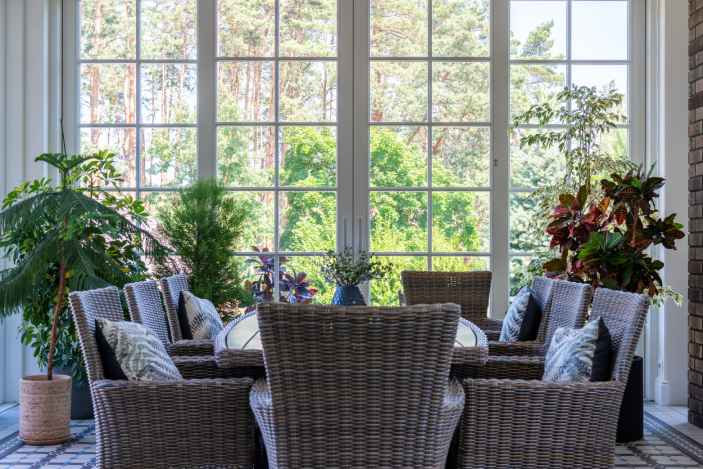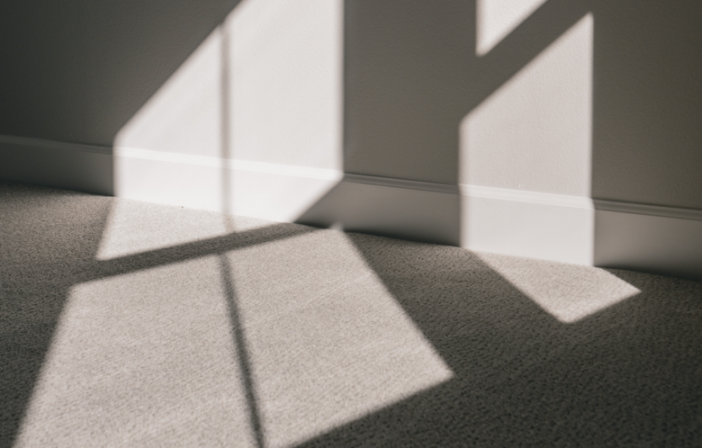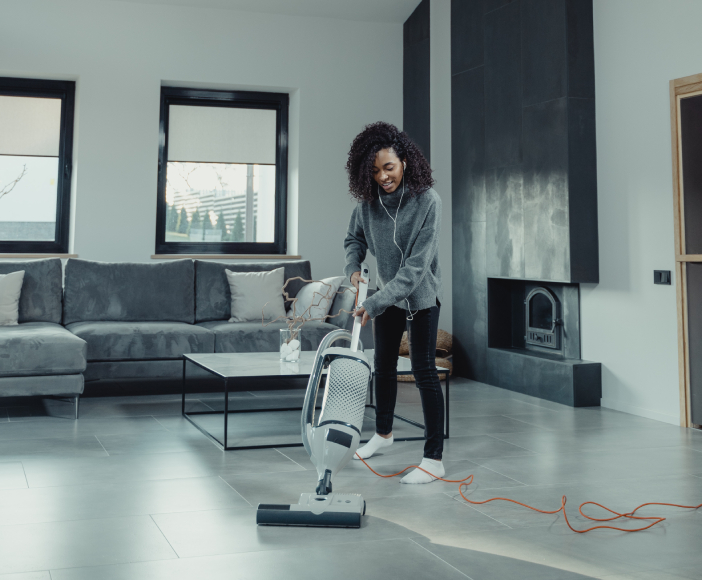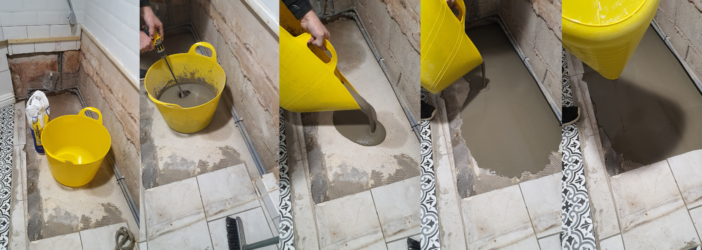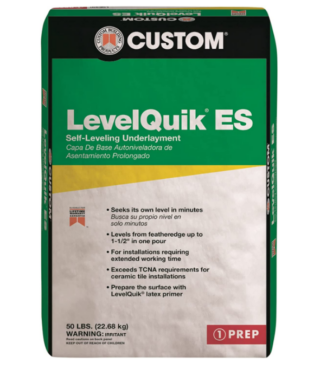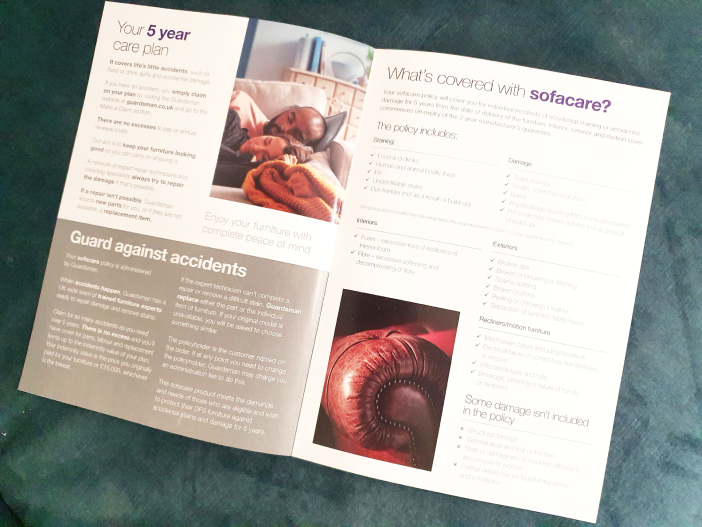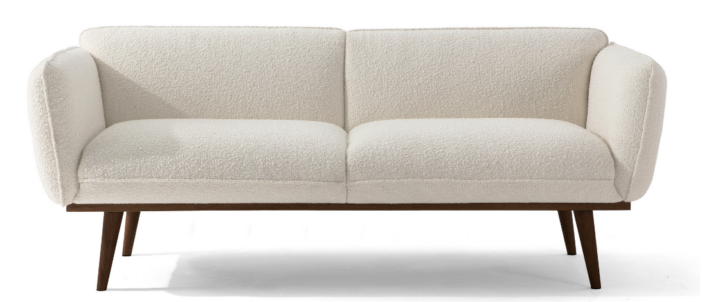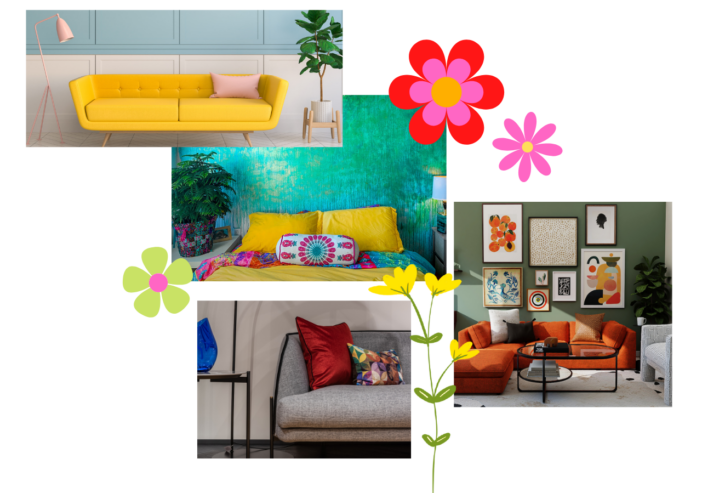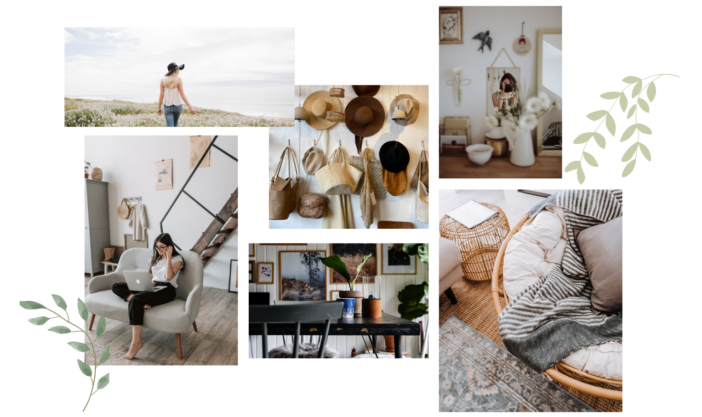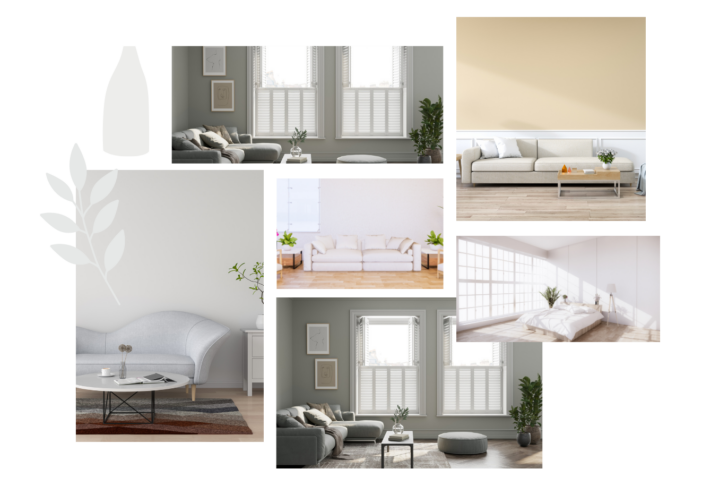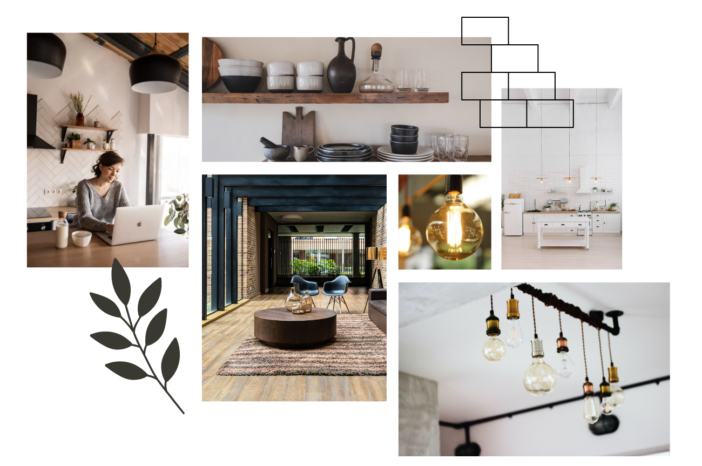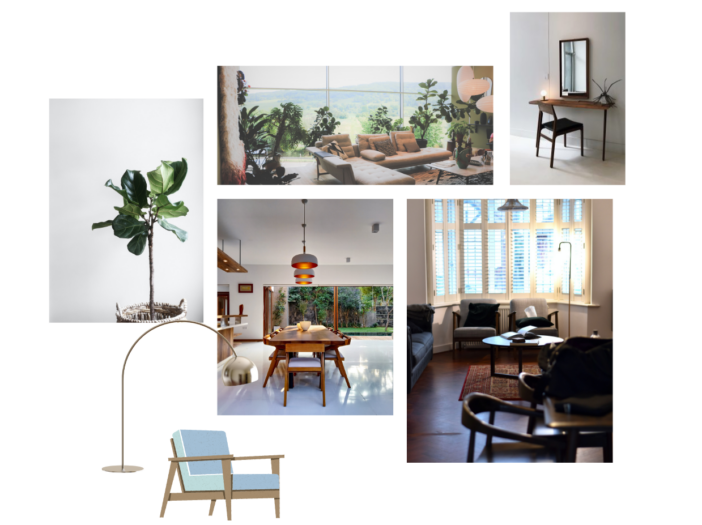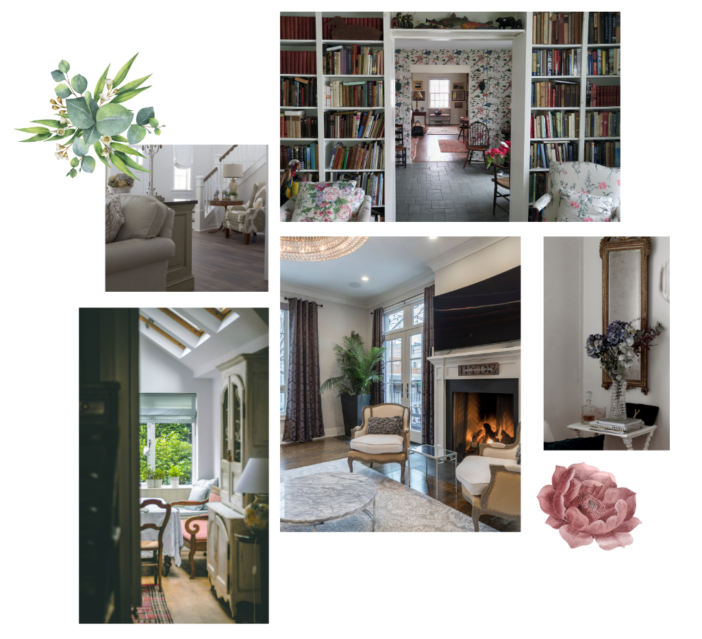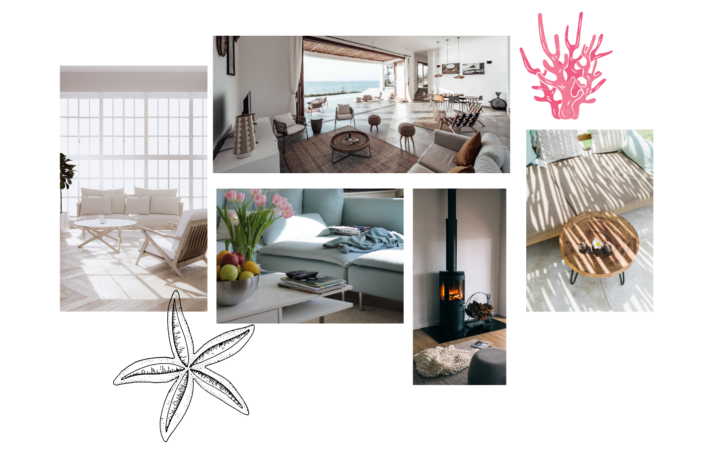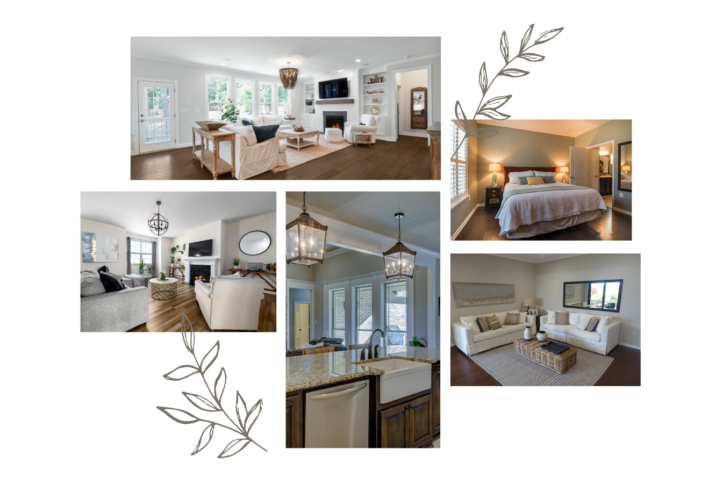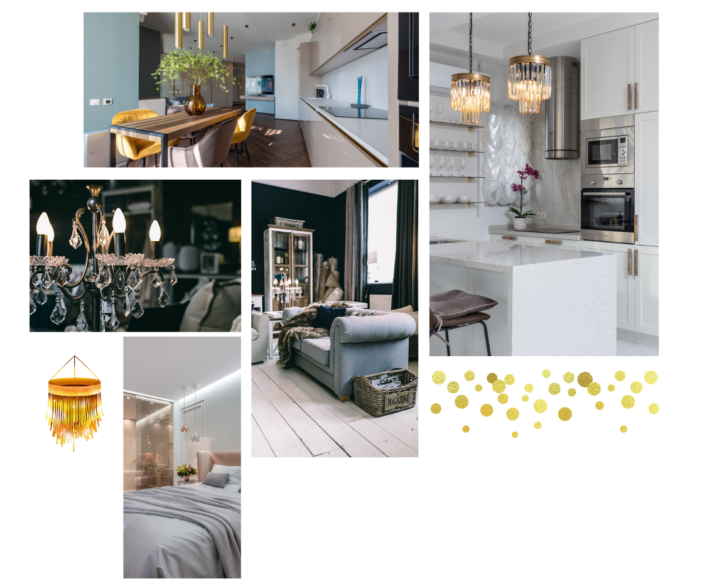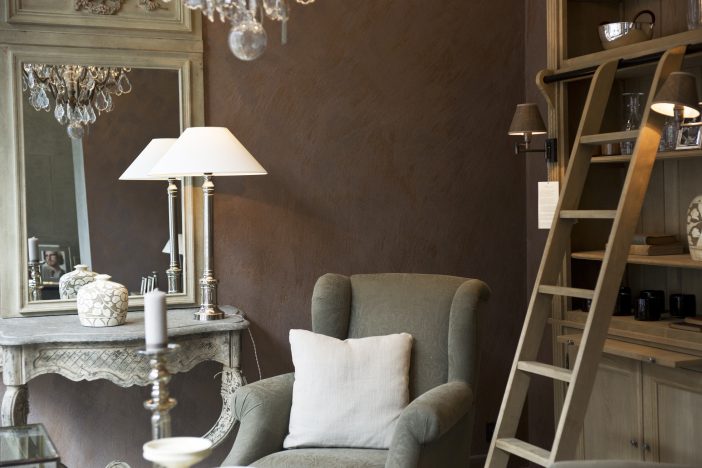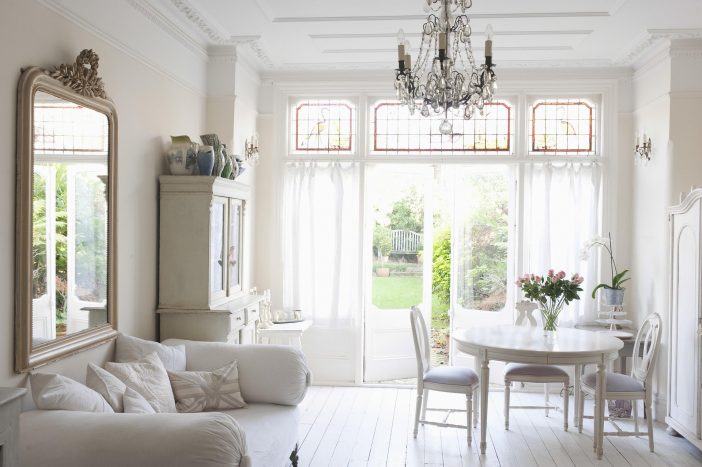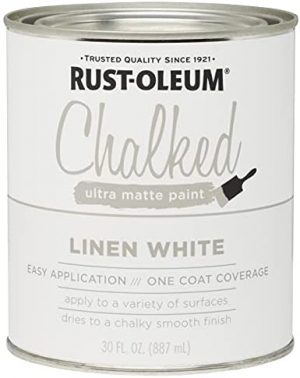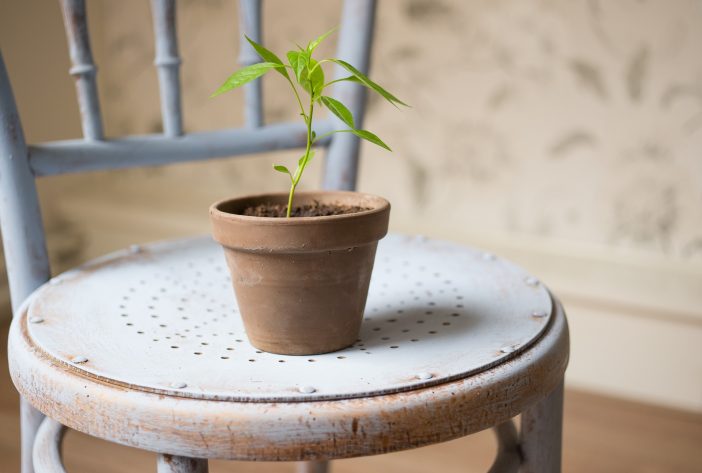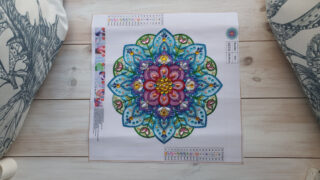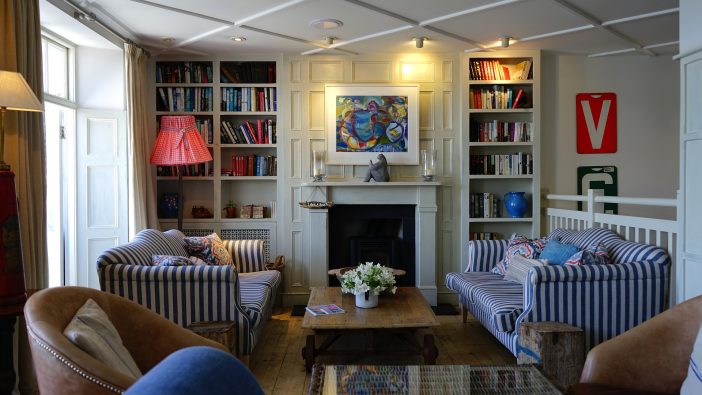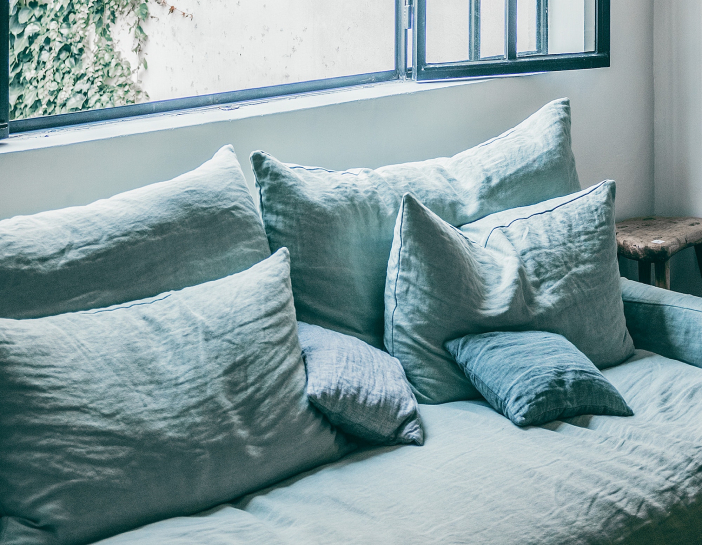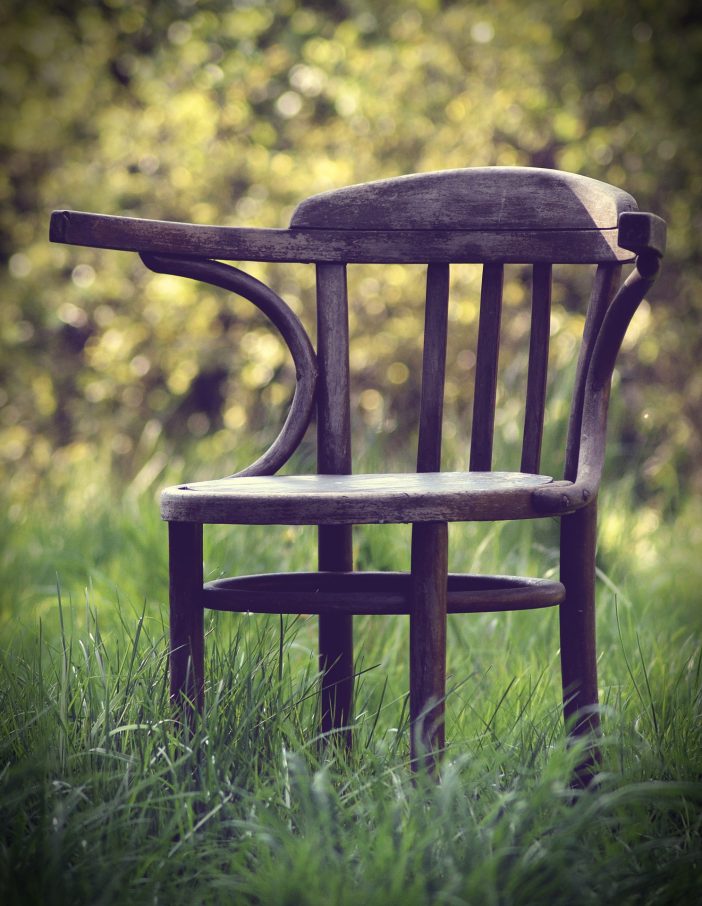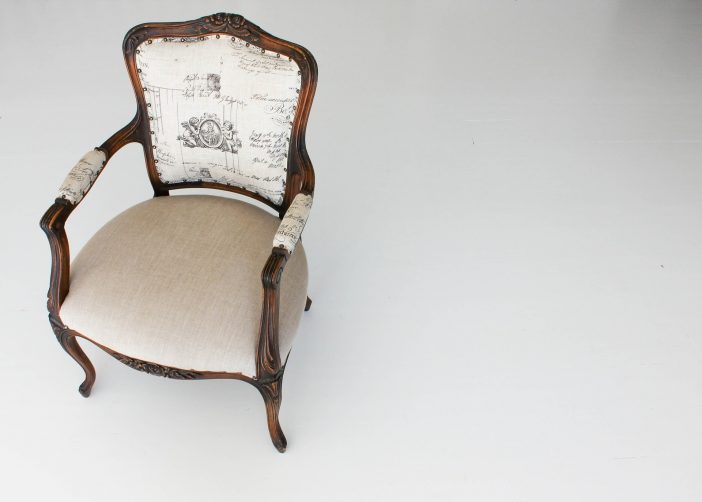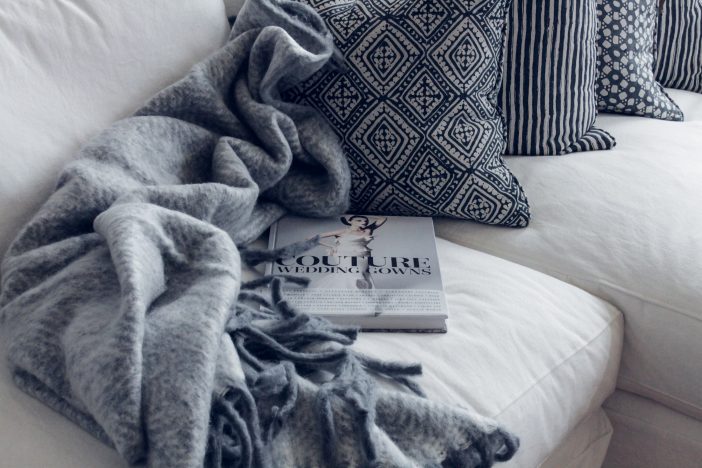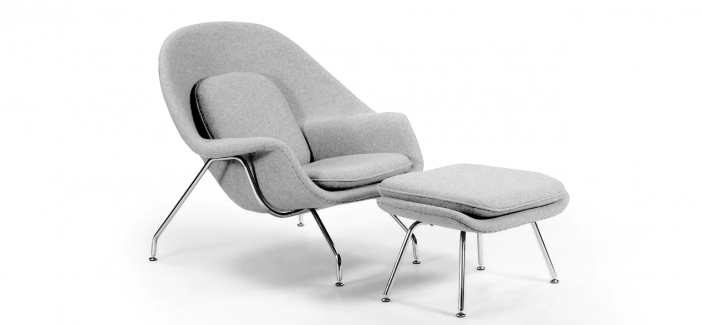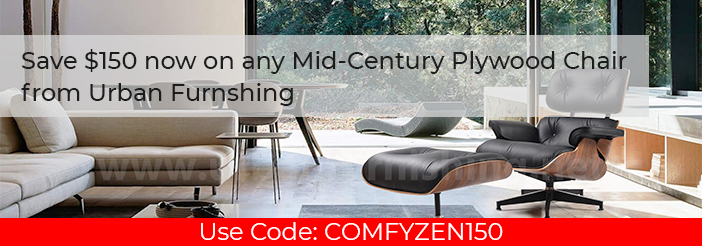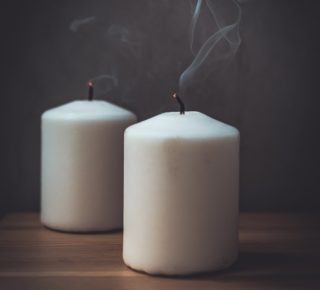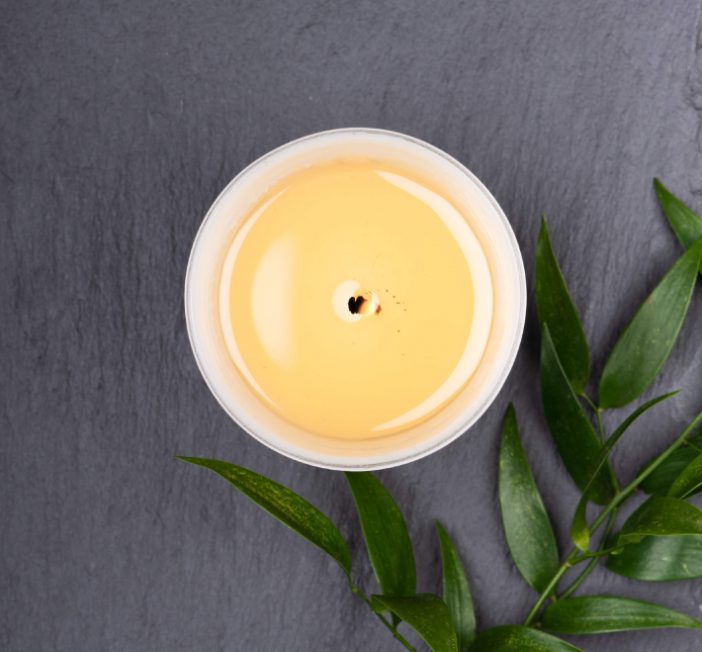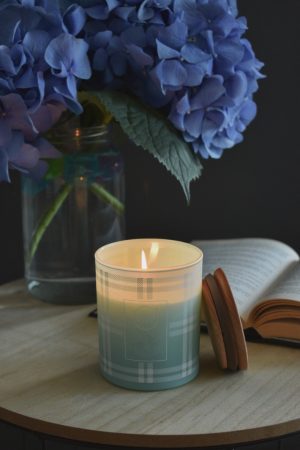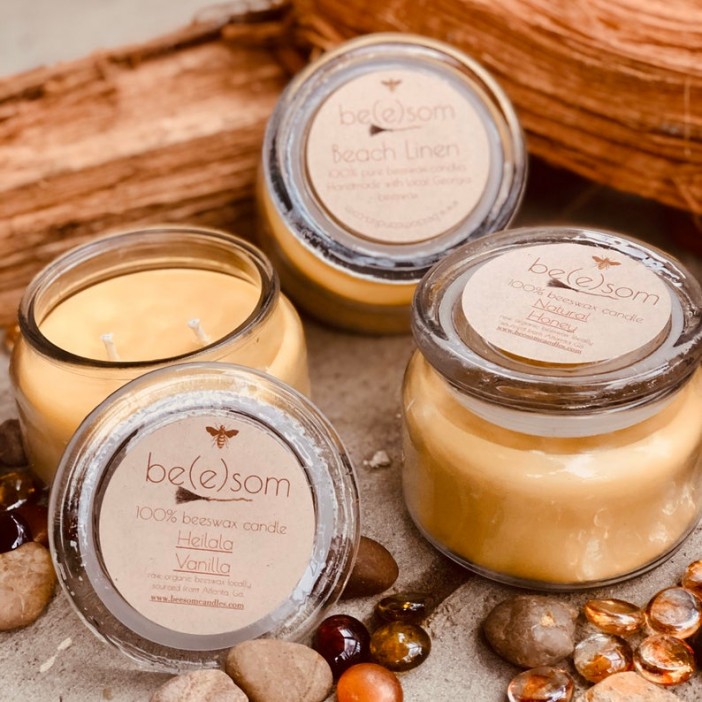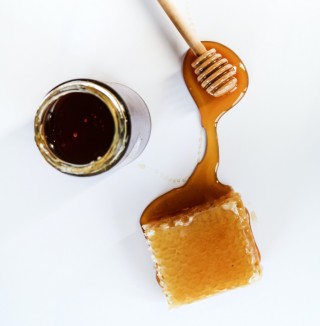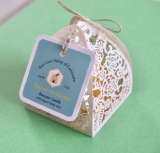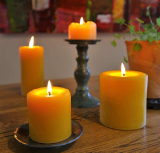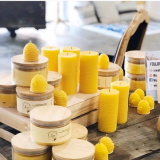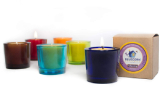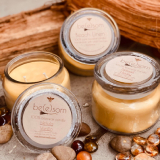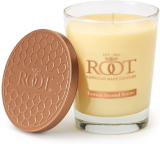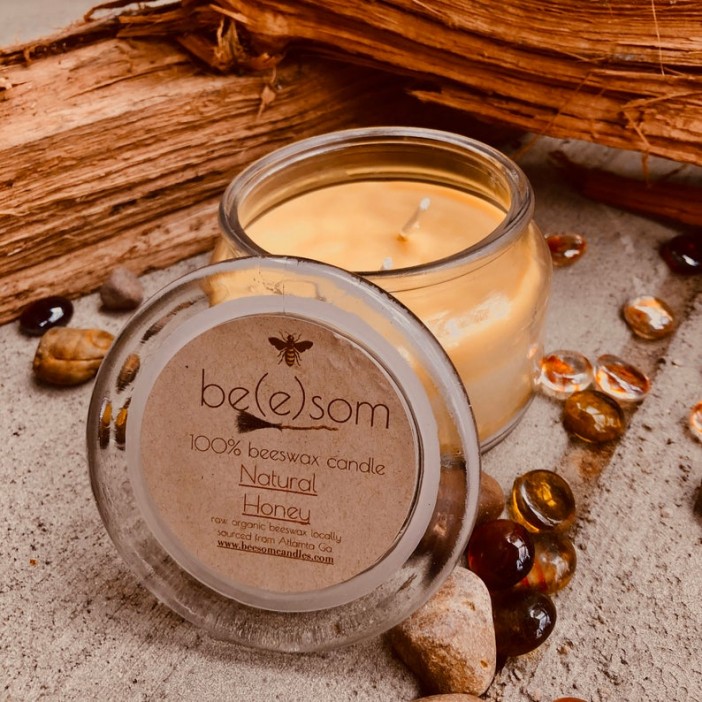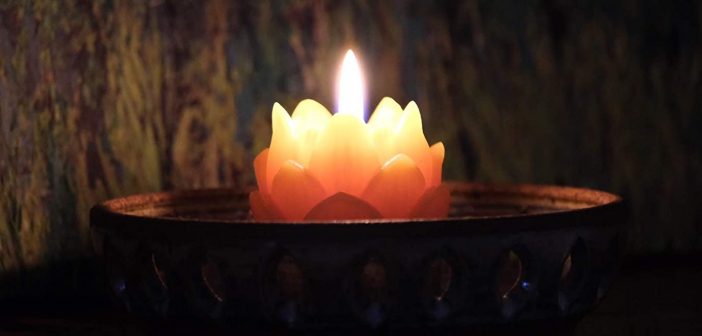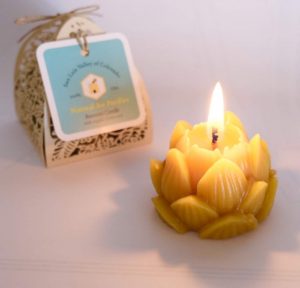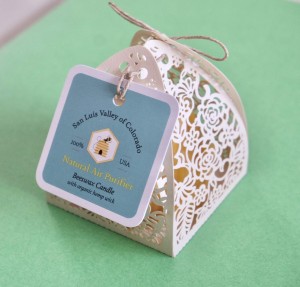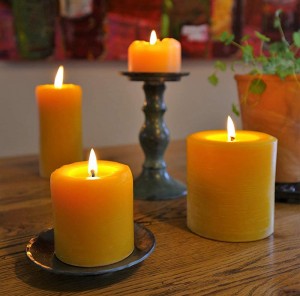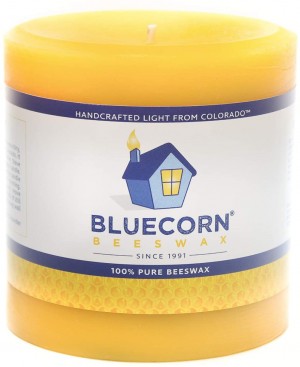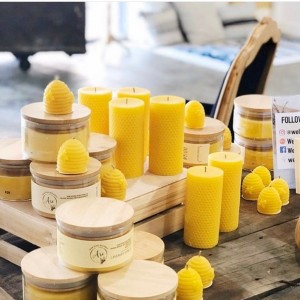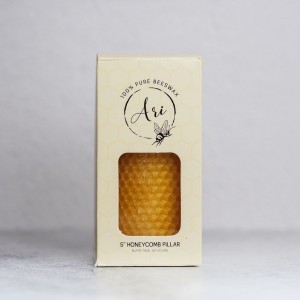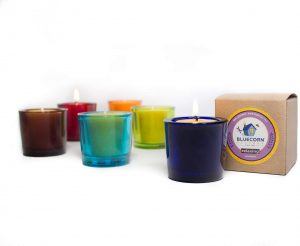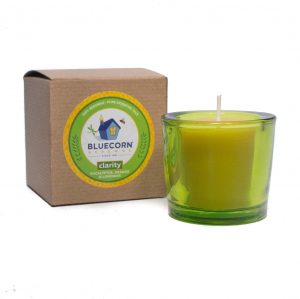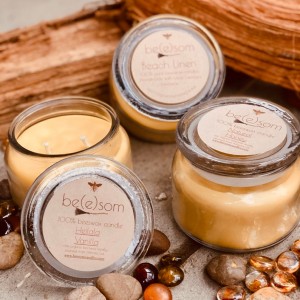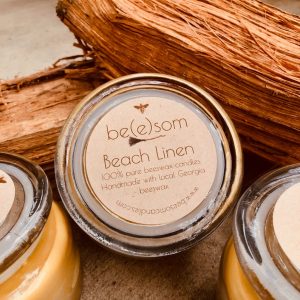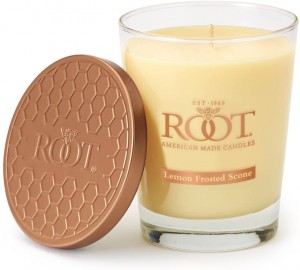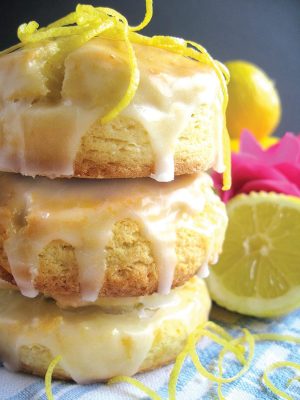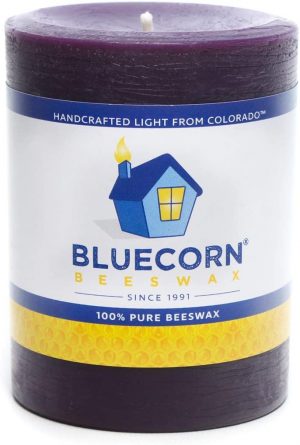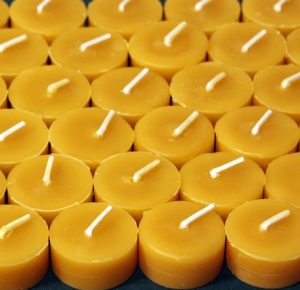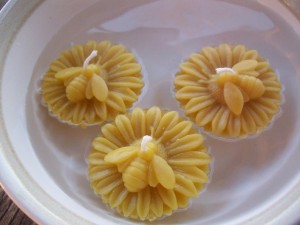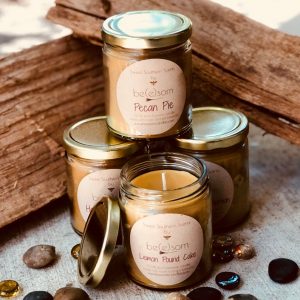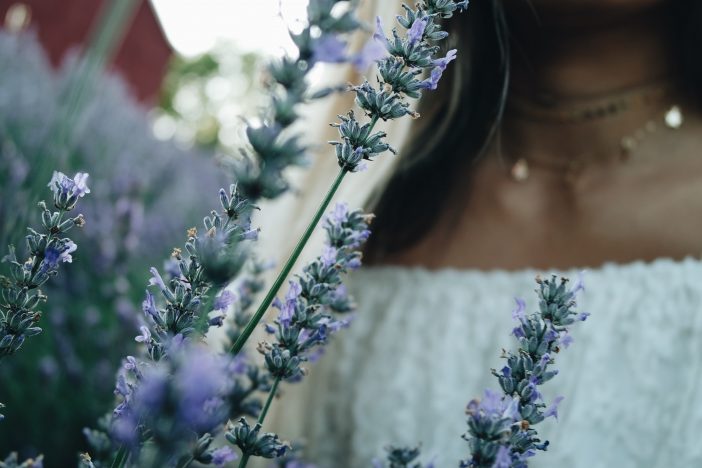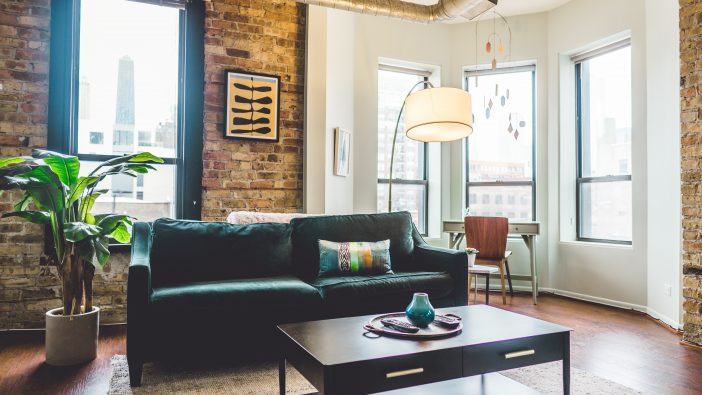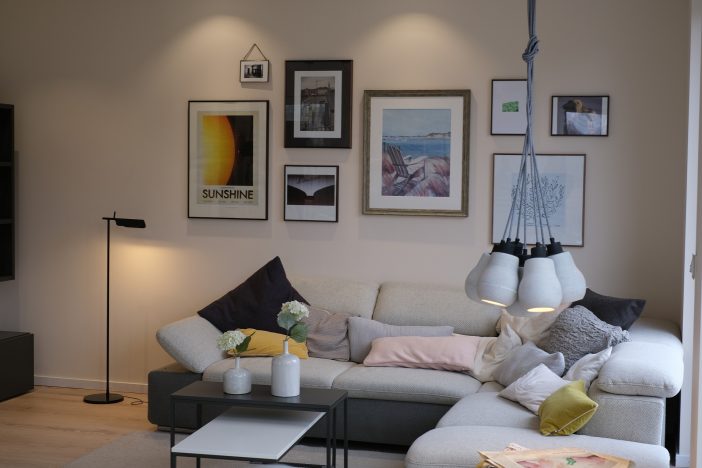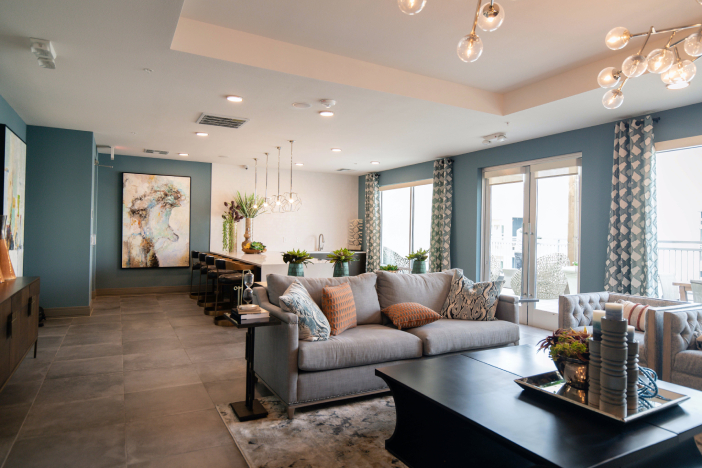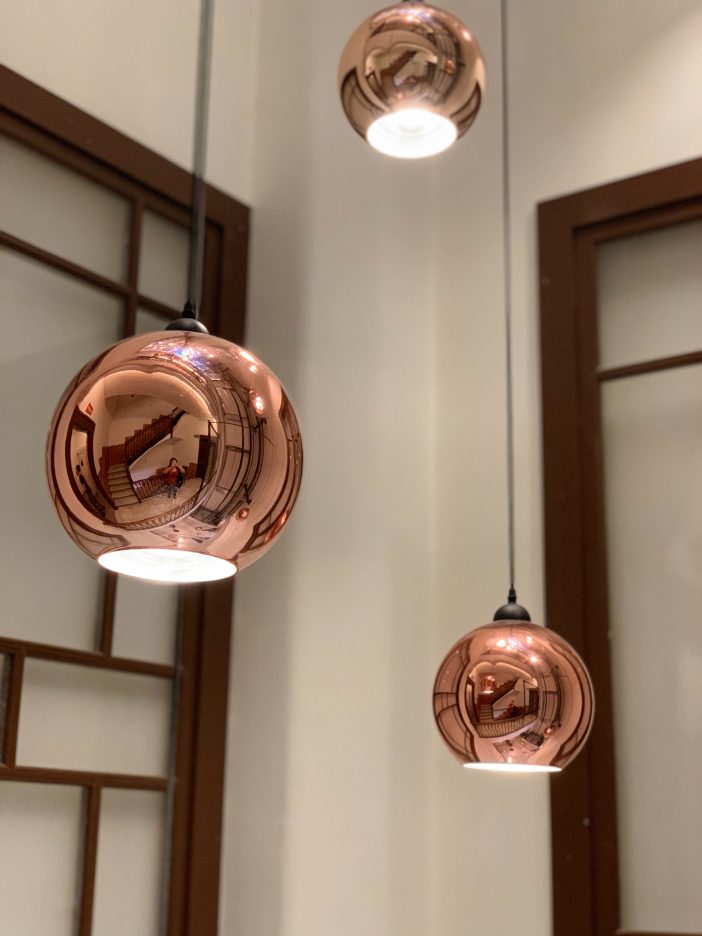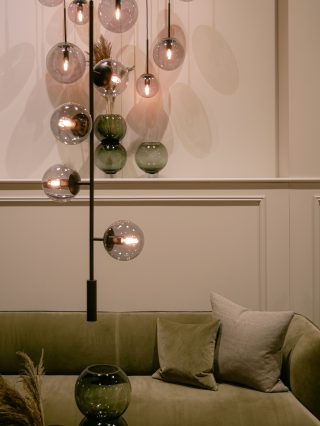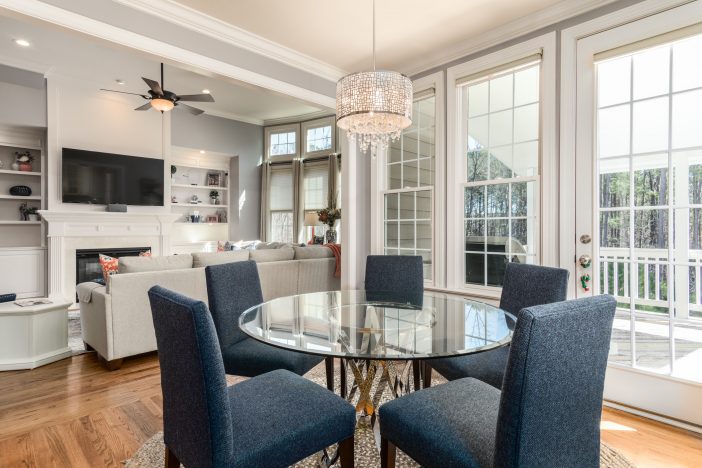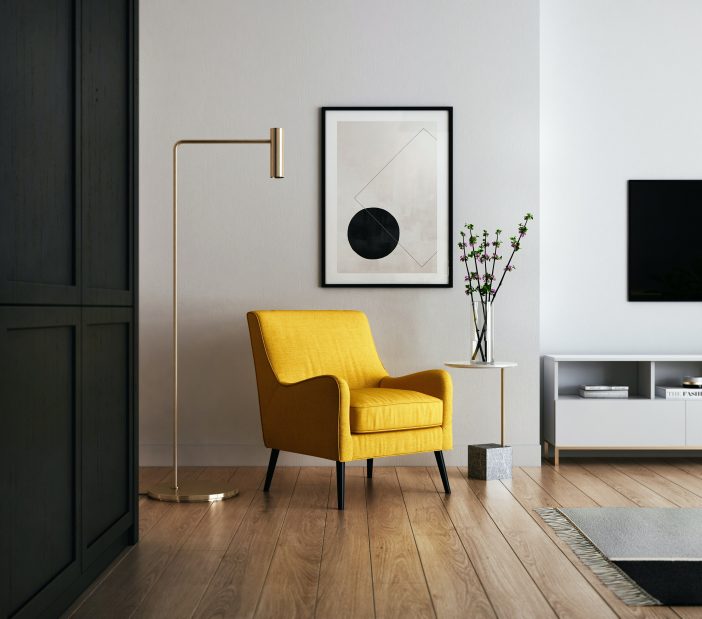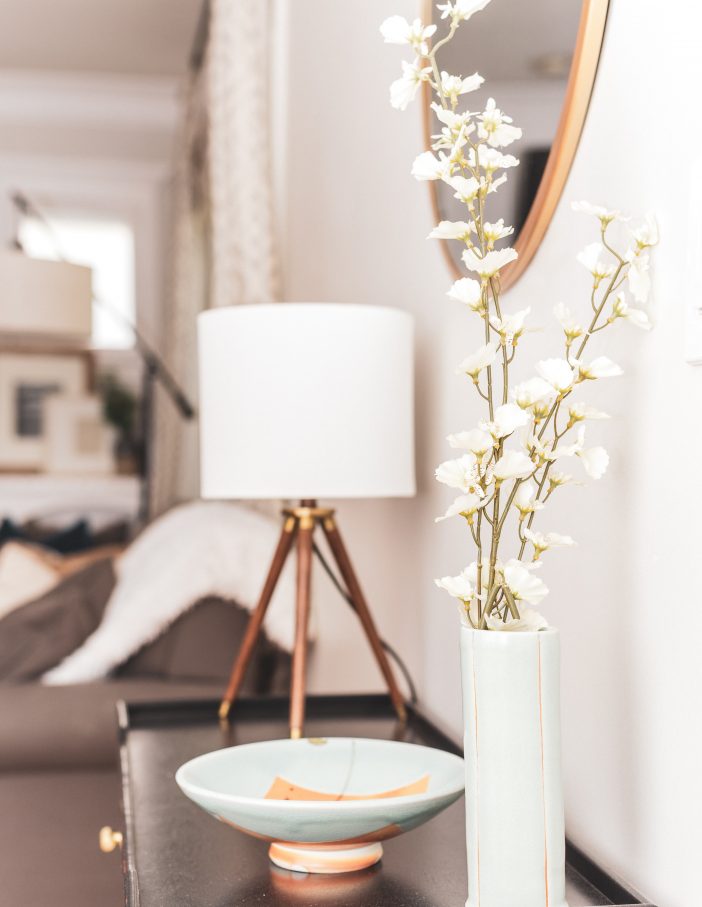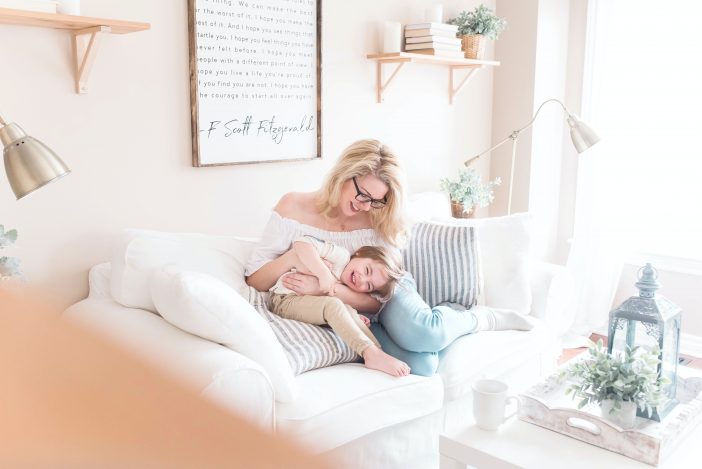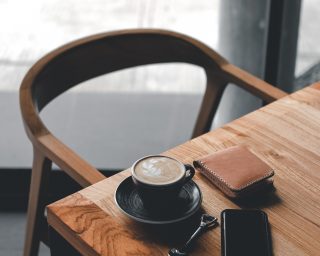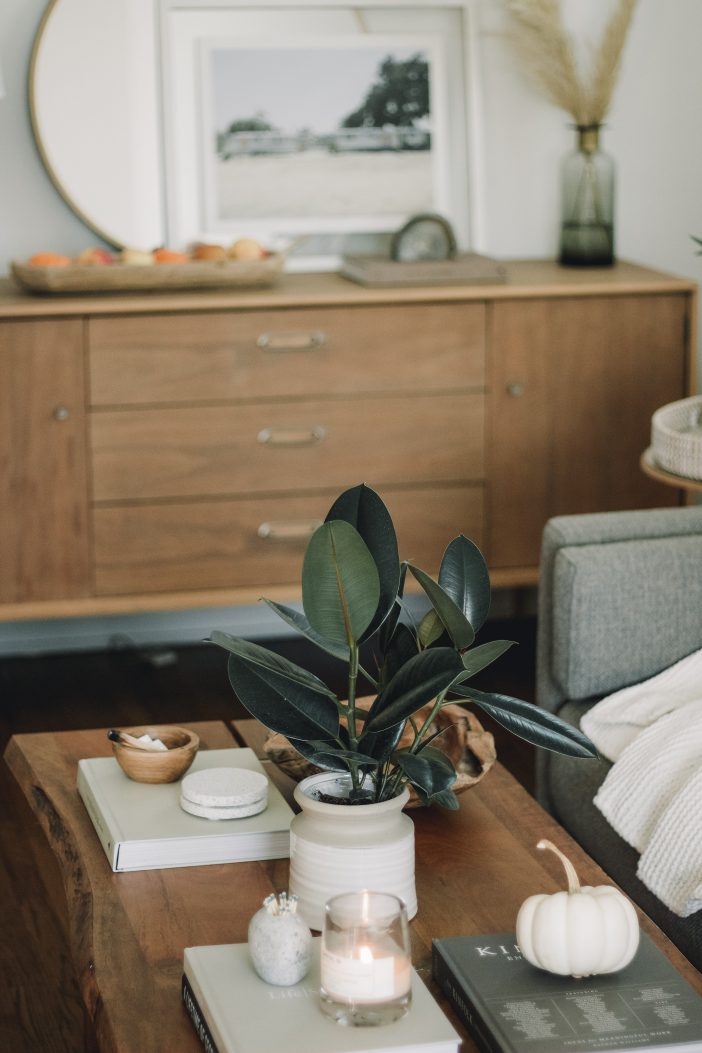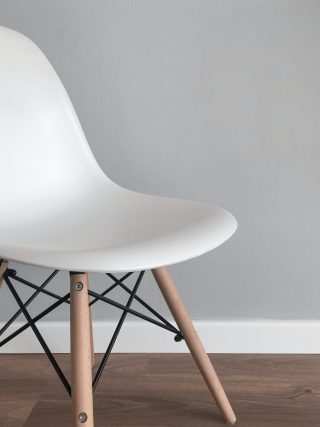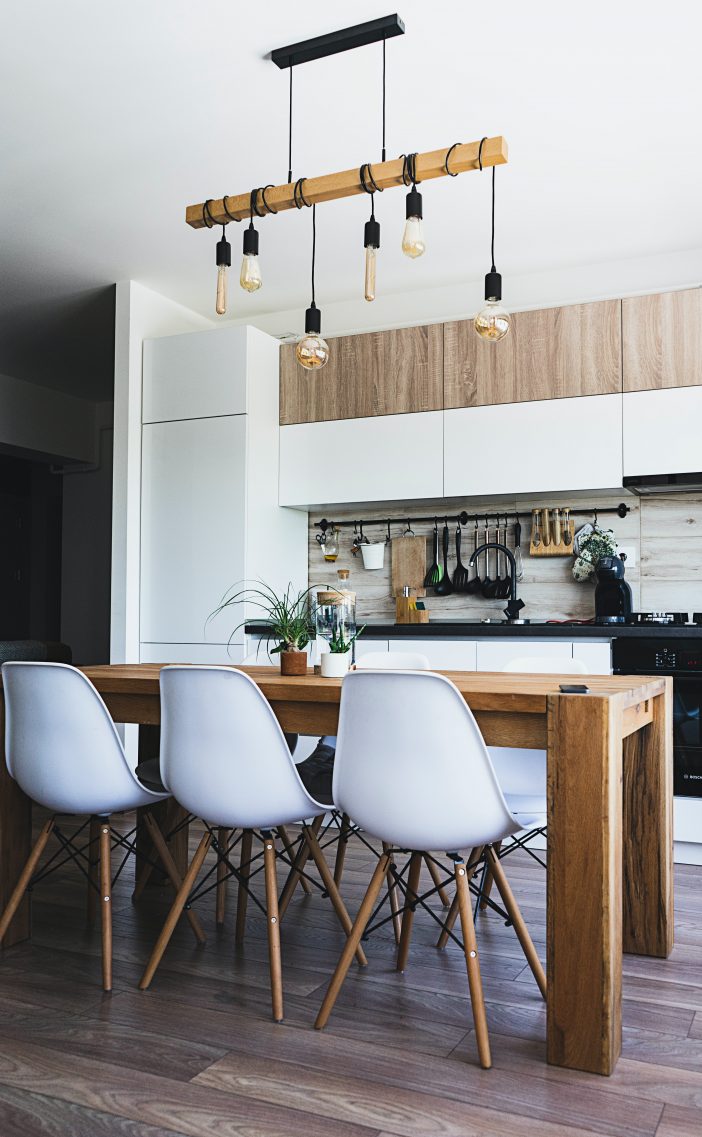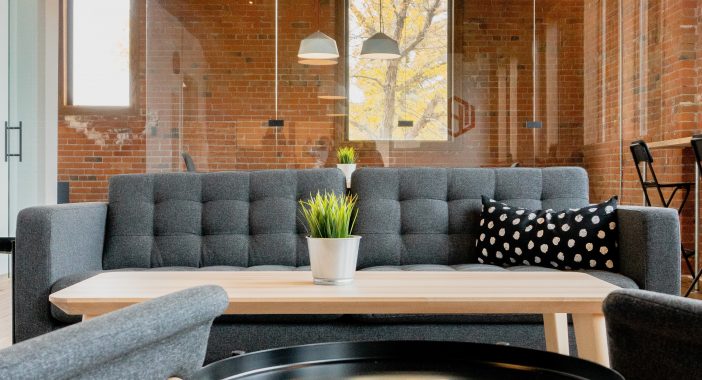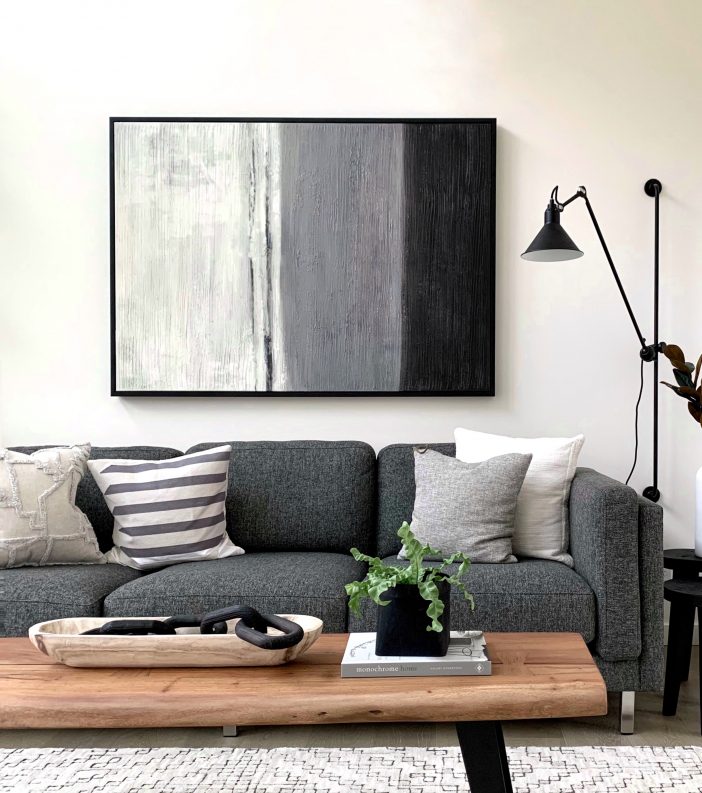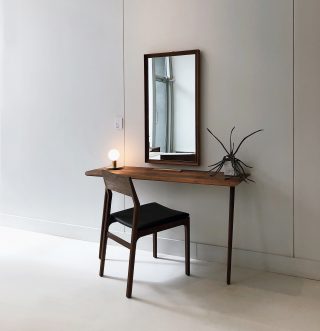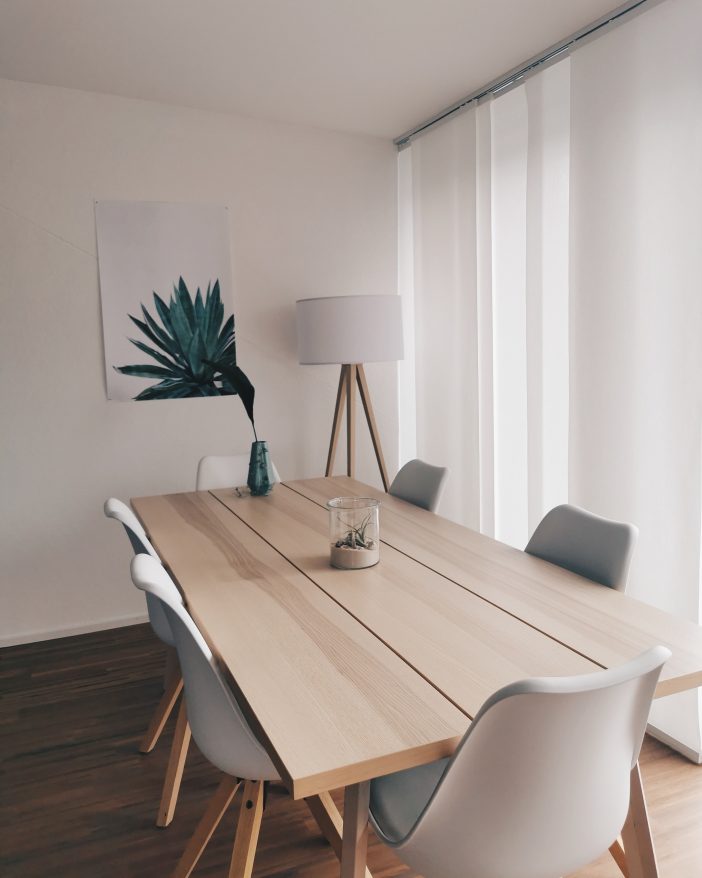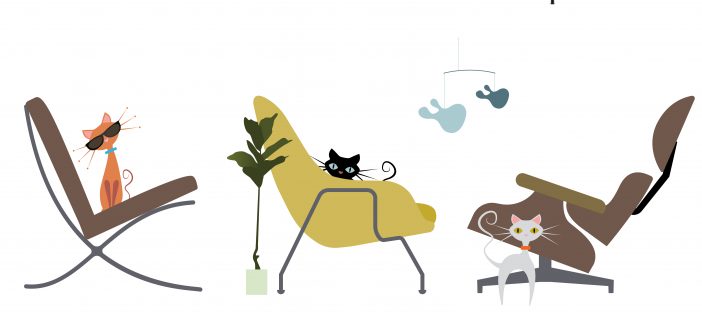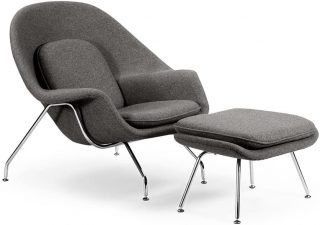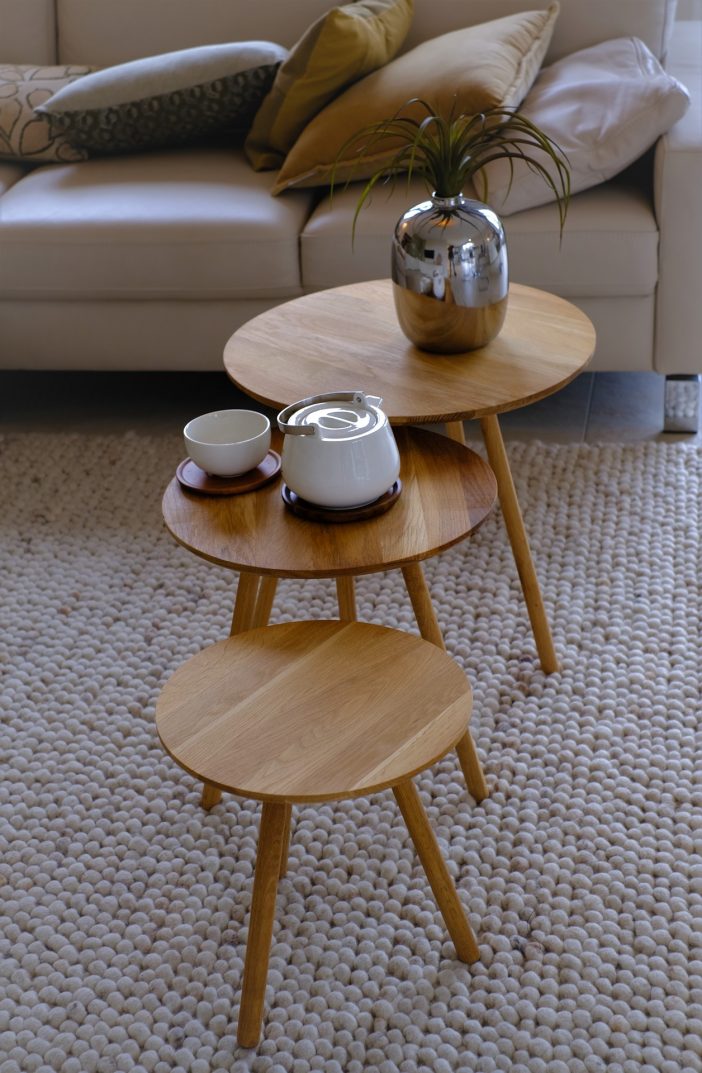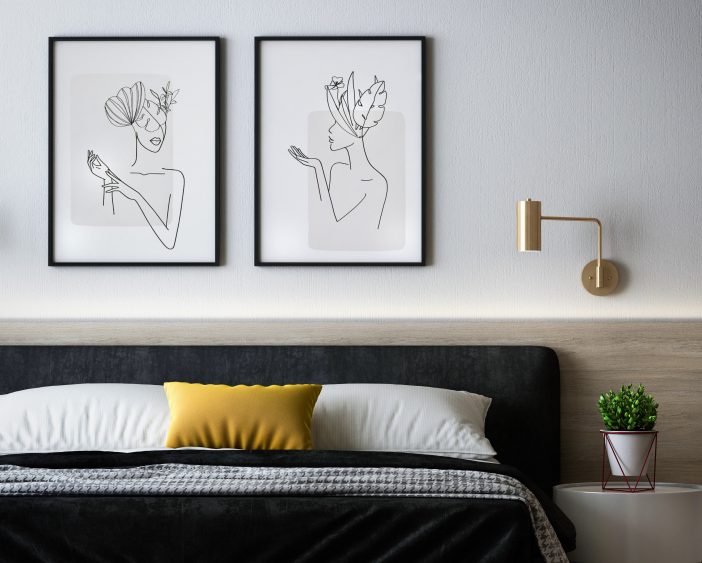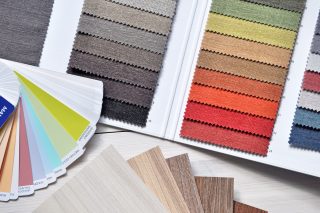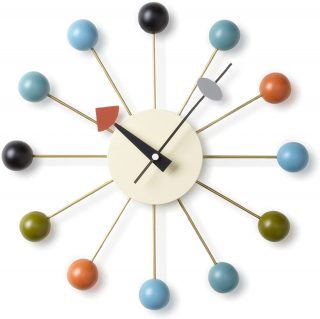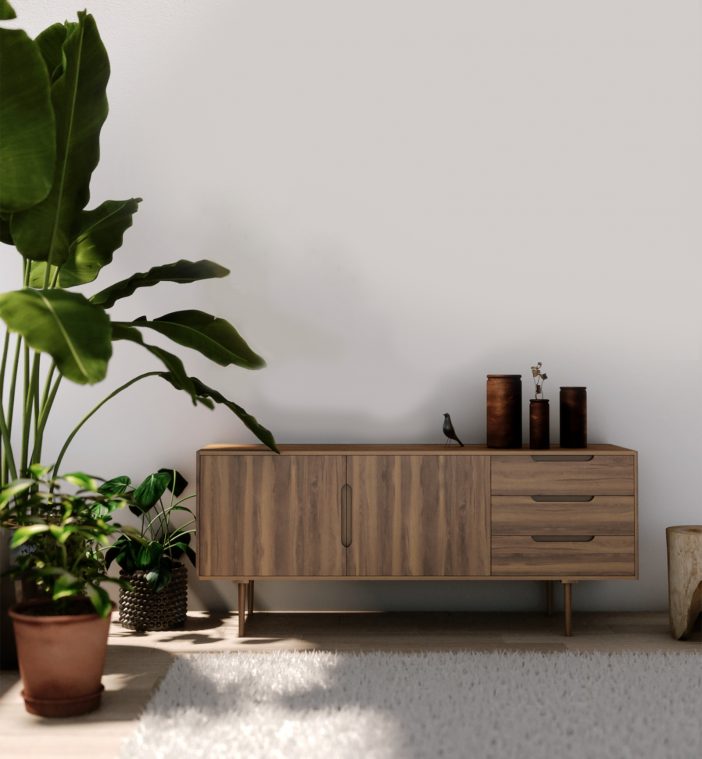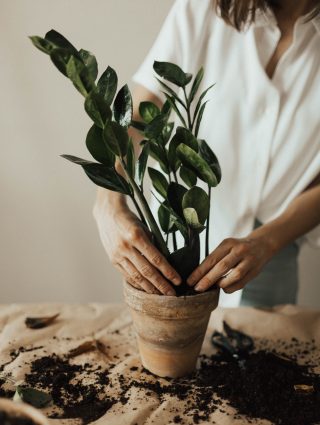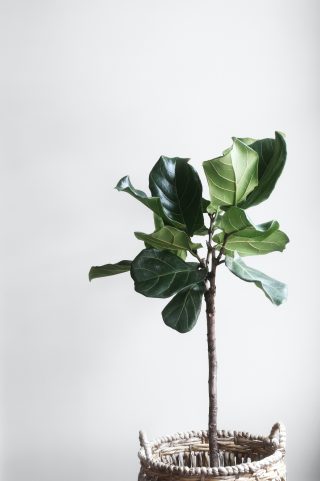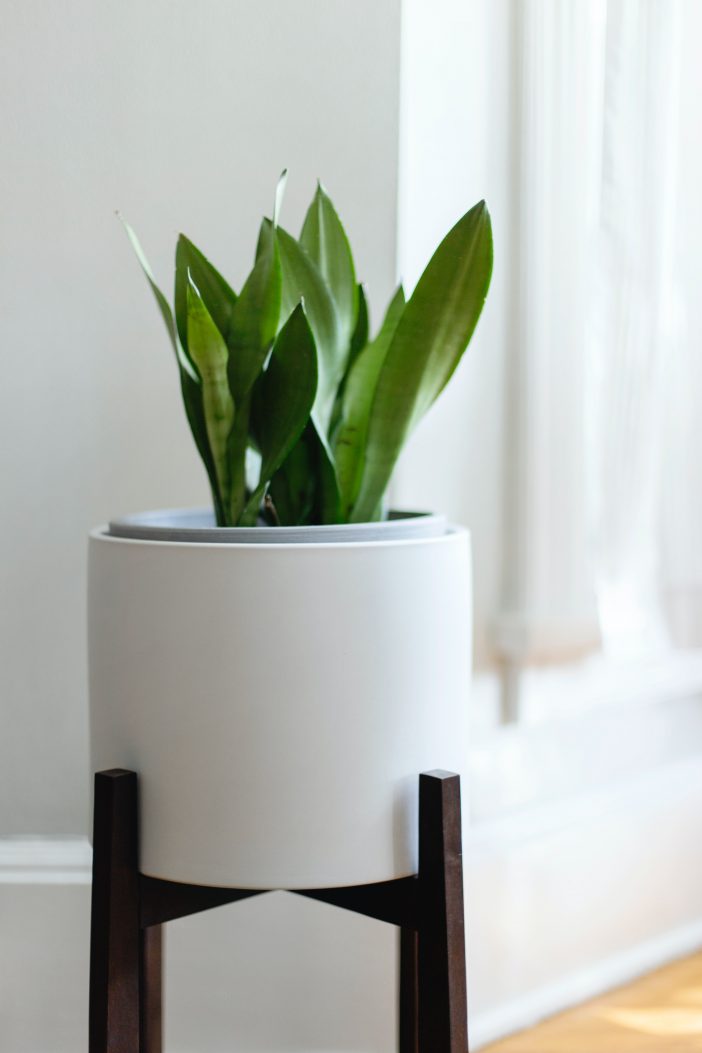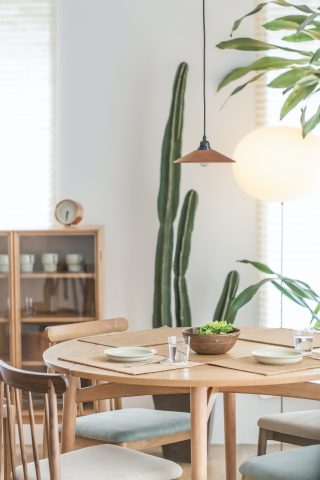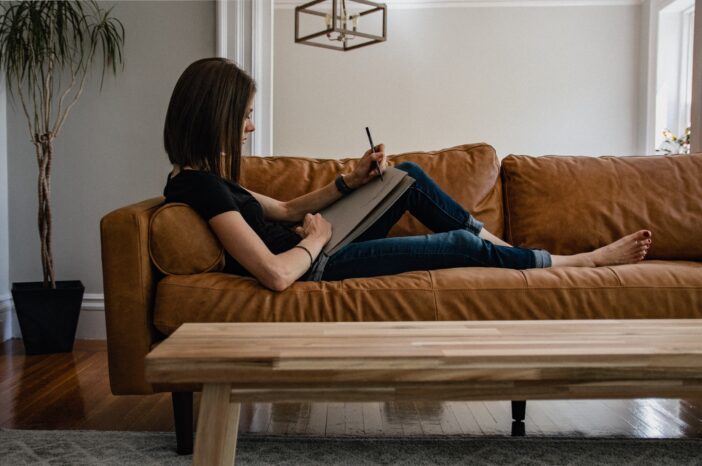
How long does faux leather furniture last? Let me tell you, anyone who thinks they can put a number on how long faux leather furniture lasts is dead wrong. Trying to predict how long your faux leather furniture will last is like trying to predict the weather – it’s anyone’s guess!
Is Faux Leather Durable?
There are so many factors that can impact the lifespan of your furniture, including the type of faux leather, the quality of the material, how you care for it, how frequently it is used, and even the environmental conditions it is exposed to. But one thing is for sure: with proper care and maintenance, your stylish faux leather furniture can last for several stylish and comfortable years to come.
Different Types of Faux Leather: Rated for Durability
When asking how long does faux leather furniture last? It’s important to take into account that one of the main factors that can impact the lifespan of your faux leather furniture is the type of faux leather it’s made from.
One type of faux leather is called bonded leather, which is made by shredding and bonding together leather fibers with a polyurethane or PVC coating. Bonded leather is often more affordable than other types of faux leather, but it may not be as durable and can peel or crack over time.
Another type of faux leather is called PU leather, which stands for polyurethane leather. It is made by applying a layer of polyurethane on top of a base material, such as cotton or polyester. PU leather is generally more durable and resistant to peeling and cracking compared to bonded leather, but it may not be as breathable and can feel stiff to the touch.
Other types of faux leather include PVC leather, which is made by coating a base material with PVC, and leatherette, which is made from a combination of leather fibers and synthetic materials.
When it comes to durability, the order from most to least durable for the different types of faux leather sofas is:
- PVC leather
- PU leather
- Leatherette
- Bonded leather
PVC leather is generally the most durable type of faux leather, as it is resistant to peeling and cracking and can withstand frequent use and exposure to sunlight.
PU leather is also a durable choice, but it may not be as resistant to peeling and cracking as PVC leather. It is also not as breathable and can feel stiff to the touch.
Leatherette is made from a combination of leather fibers and synthetic materials, so it may not be as durable as PVC or PU leather. It is prone to fading and may not hold up as well with frequent use.
Bonded leather is often the least durable type of faux leather, as it is made by shredding and bonding together leather fibers with a polyurethane or PVC coating. It is prone to peeling and cracking over time and may not hold up as well with frequent use.
It is important to note that these are general durability guidelines and the actual durability of a faux leather sofa will depend on a variety of factors, such as the quality of the material, the manufacturing process, and how it is cared for.
Faux leather furniture is often chosen for its lower cost, consistent appearance, easy maintenance, or ethical considerations. But whatever the reason, one thing’s for sure, faux leather sofas are extremely popular, The sofa above, for example, is a No 1 Bestseller on Amazon with a whopping 8,774 ratings so far. It goes to show just how popular they are!
Frequency of Use
Furniture that is used frequently is more likely to show signs of wear and tear over time. If you use your faux leather furniture on a daily basis, it may not last as long as furniture that is used less frequently. If you notice wear and tear from frequent use, you may want to consider dressing your furniture up with throw pillows and a blanket or a stylish throw to extend the life of your sofa or chair.
Environmental Conditions That Affect the Longevity of Your Faux Leather Furniture
Faux leather furniture can be sensitive to extreme temperatures and humidity, which can cause the material to crack or fade over time. To prevent this, avoid placing your furniture in direct sunlight or in areas with high heat or humidity.
Overall, if you take good care of your faux leather furniture and use it appropriately, it should last for several years. By following the tips below and using your furniture responsibly, you can help ensure that your faux leather furniture stays in great shape for as long as possible:
How to Care For Faux Leather
- Dust regularly: Dust and dirt can accumulate on the surface of your faux leather furniture, which can lead to scratches and other damage. To prevent this, use a soft, dry cloth to dust your furniture regularly.
- Wipe down the surface: To remove dirt and grime from the surface of your faux leather furniture, use a soft, damp cloth and gently wipe the surface. Avoid using too much water, as this can cause the material to become oversaturated and potentially damage the furniture.
- Use a leather conditioner: Faux leather can become dry and brittle over time, which can lead to cracks and other damage. To prevent this, use a leather conditioner to keep the material supple and prevent cracking. Follow the manufacturer’s instructions for application and frequency.
How to Protect Faux Leather From Peeling

To keep your faux leather from peeling, follow these tips:
- Avoid heat like the plague – it’ll only cause your faux leather to dry out and peel faster.
- Don’t go scrub-happy – harsh cleaning products and rough scrubbing can do more harm than good. Instead, use a soft, damp cloth to gently clean your faux leather.
- Keep it moisturized – like a thirsty desert plant, your faux leather needs regular conditioning to stay supple and hydrated. Use a leather conditioner specifically designed for faux leather, or make your own with equal parts water and white vinegar.
- Protect it from sharp objects and rough surfaces — they’ll only cause scratches and abrasions that can lead to peeling.
By following these simple steps, you can keep your faux leather looking sleek and polished, rather than rough and peeling.
Faux Leather vs Real Leather Durability
First, let’s talk about faux leather. Also known as synthetic or vegan leather, this option is often more affordable and easier to care for than genuine leather. It’s generally more resistant to stains and spills, and it’s usually easier to clean and maintain.
But here’s the catch: faux leather may not be as durable as genuine leather in the long run. It’s prone to peeling, cracking, and fading, especially with frequent use and exposure to sunlight. It’s also not as resistant to scratching and puncturing as genuine leather.
Now let’s talk about genuine leather. It’s no secret that it’s a more expensive option, but it’s also known for its durability and longevity. Genuine leather is resistant to peeling and cracking, and it develops a patina over time that gives it a unique, lived-in look. It’s also more resistant to scratching and puncturing than faux leather.
So which is the better choice for durability? It really depends on your specific needs and budget. If you’re looking for an affordable and low-maintenance option, faux leather may be the way to go. But if you’re willing to splurge and want something that will stand the test of time, genuine leather might be worth the investment. Just remember that both types of leather have their pros and cons, and it’s all about finding the right balance for your needs.

Is Faux Leather Durable for Dogs
Faux leather, AKA synthetic or vegan leather – is the cheaper, easier-to-care-for cousin of genuine leather. But is it up to the task of handling your furry best friend? Here’s the scoop: faux leather is generally more resistant to stains and spills, which is great news if your pup has a tendency to make a mess. It’s also easier to clean and maintain — no special conditioning required.
On the flip side, faux leather may not be as durable as the real deal. It’s prone to peeling, cracking, and fading, especially with frequent use and exposure to sunlight.
So is faux leather a good choice for your furry friend? If you’re looking for a budget-friendly and low-maintenance option, it could work. Just keep in mind that it may not hold up as well as genuine leather in the long run. Again, it’s all about finding the right balance for your needs and preferences.
Conclusion:
Want your faux leather furniture to stick around for the long haul? It all starts with the material. Higher-quality faux leather is like a fine wine — it just gets better with age. On the other hand, lower-quality materials are more like boxed wine – they’ll get the job done in a pinch, but they won’t last nearly as long. To make sure you’re getting a top-notch product that will stand the test of time (and butt-print impressions), do your research and buy from a reputable retailer.
